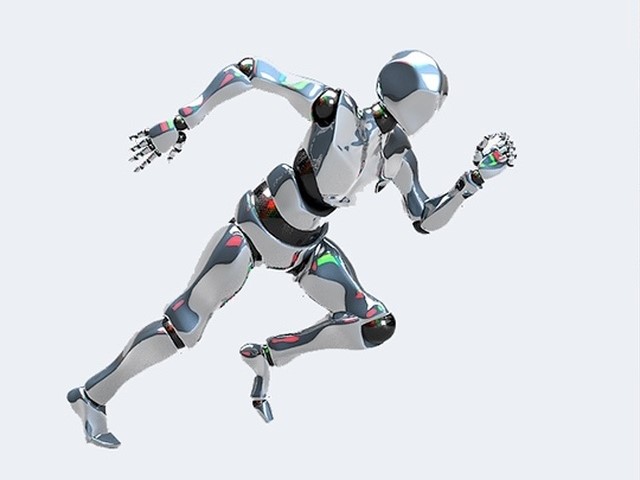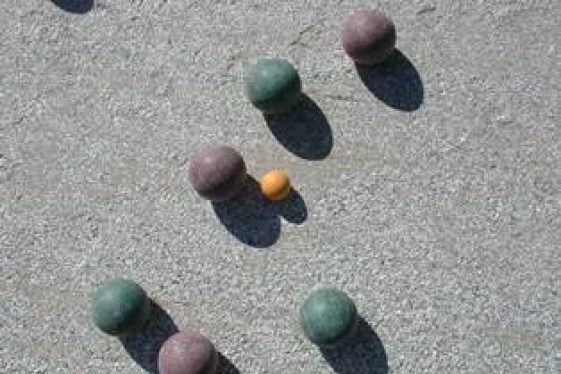

A year from now we will see a humanoid robot running the 100 meters at the Naples Stadium. And, why not, also the long jump, high jump and other Olympic disciplines. It sounds like science fiction but it is now an established reality that, with the launch of low-cost robots, will become more and more widespread.
For now, however, it is an all-Neapolitan project. It is being carried out by the Prisma Lab, which has been pursuing robotics, mechatronics and automation projects at the Department of Electrical Engineering and Information Technology of the University of Naples Federico II for almost 40 years now, and is spearheading worldwide research.
At the helm are faculty members Bruno Siciliano, Luigi Villani and Vincenzo Lippiello, who are coordinating the Unina Robotic Olympic Team project of the world's fastest humanoid robot over 100 meters for the future Robotics Olympiad made in Naples.
Two months ago, the University Federico II of Naples was looking for “students interested in the use of deep learning, imitation learning, model predictive control and full body control techniques to train a humanoid robot to the different Olympic disciplines, starting with the queen discipline of all Olympics: the 100m run.”
The request was really answered by many people, and a working group was created to train the robot. The project was a ploy to bring students from various engineering disciplines closer to Artificial Intelligence applied to highly dynamic systems as robots are. It worked: in less than a month, a diverse group of nearly forty students was formed from various student competitions.
The challenge is to transfer the skill of human running to machine through AI, deep learning or imitation learning algorithms. Current robotic walking is quasi-static, that is, robots walk by holding the center of mass of the body that always falls between the two feet, and this makes it theoretically possible for the robot to stop at any time without falling. We also walk this way, but in a running phase we move our center of mass out of a static condition, so much so that if we were to stop suddenly while running, we would fall
The humanoid robot that Prisma Lab has its eye on is H1 from China's Unitree Robotics costing more than $100,000, purchasable within the Nemesis project on European research funds. It is one of the first humanoid robots for commercial sale with an open platform. Basically they give the outer shell with basic routines (i.e., the robot only knows how to walk) that then the Naples team can implement with wide-ranging control algorithms.
In Europe, Naples will be the only university that is planning the sports development of a humanoid robot, while in China and the U.S. there have been a few projects but implemented only with robot parts.
You may be interested
-
'Phantom Limb': A Conversation With Dennis...
Dennis Palumbo is a thriller writer and psychotherapist in private practice. He's the auth...
-
2015 Bocce Bash!!
Please join Mia Maria Order Sons of Italy in America Lodge #2813 as we host the 2015...
-
Arnaldo Trabucco, celebrated medical practit...
Arnaldo Trabucco, MD, FACS is a leading urologist who received his medical training at ins...
-
Exciting Palatine. Interview with Clementina...
You can tell she fills with excitement when she has the chance to show an important archae...
-
ISSNAF medical imaging science chapter meeti...
AGENDA 12.00 – 12.15 Light lunch12.15 – 12.30Welcome addresses Lorenzo Mannelli, MD, PhD...
-
Italian Open's History and Records: A tale o...
For Italians, and Romans in particular, the Open is not just a tennis tournament where cha...
-
Italy, the importance of innovation for agri...
by Claudia Astarita The food farming sector is still one of the engines of Italia...
-
Jean Lenti Ponsetto Honored as National Ital...
The National Italian American Sports Hall of Fame is proud to announce its inductees and h...













